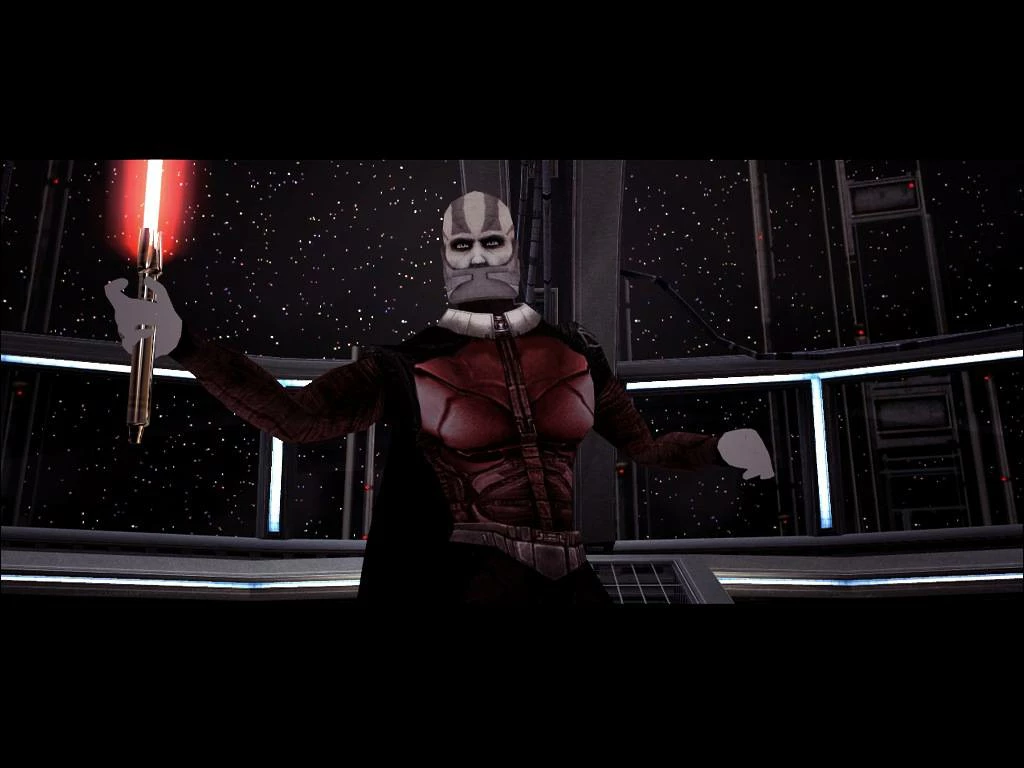Reading 05: Passive vs. Interactive Gaming
What I Thought It Would Be Like
Motion sensing input devices. You make movements and the computer mirrors them. I had visions of The Big O and Gundam. I wanted, no expected, to feel the power of a Jaeger. Instead, I got this.
Now I'm sure there were good games that utilized the Kinect, but I'm generally knowledgable about this sort of thing and I cannot think of a popular example. The controls are just a little bit nondeterministic, and that can easily ruin a gaming experience. When I press a button I am assured that a circuit has closed and the game will interpret it the same way under the same conditions every time. But motion capture systems rely on machine vision, which at it's core relies on probabilities to make a best guess. The passive interface never has to guess whether I pressed a button, it knows.
The problem only compounds when you branch into augmented reality. The "best guess" phenomenon bites the player again where artifacts aren't scaled correctly or don't appear when they should. There's no chance for immersion. There's no v1.0, they all feel like <1.0 betas.
For Christmas sometime in the late nineties I got a "virtual reality" video game. It was a standalone device my parents must have gotten on sale at Wal-Mart. There was a headset/helmet that when put on your head enveloped you in darkness. Attached to this headset were four sensors to be placed on your limbs – one for each hand and foot. Ninjas (well, their red outlines anyway) would appear in the headset and throw shurikens at you. It was your duty to swing these sensors around to block their attacks and throw your own shurikens. It worked about as well as you'd expect for 199X. I feel like today's virtual reality systems are only graphically superior, the interface remains the same.
The Wii Workaround
The Wii works around this issue by sensing the motion of a controller, and thereby only indirectly sensing the motion of the player. This is a great compromise! There's little to no guessing on the part of the console, yet the player still participates in a highly interactive experience. The Wii is the last console I owned, and I loved it. The controls could be simple enough to appeal to non-gamers (my parents and sister), but had the potential for hardcore appeal (Mario Kart is not for beginners, and I think I might be the only person to play Call of Duty exclusively on the Wii).
Peripheral Hero
Guitar Hero reached heights I hadn't experienced before and came crashing down, very much like Atari and the 80's crash. I wasn't around for any of the arcade crazes or manias, and Pokemon was only for gamers and children. But anybody could pick up one of those plastic guitars and instantly grasp the concept, and everybody did. It had everything: wide ranges in difficulty, nostalgia, competition, and inspiring/impossible challenges (blindfolded 100% Expert TTFATF anyone?).
But there were too many releases and the song catalogs seemed to be the only difference. The fandom splintered and grew bored.
So what was the magic? How do you bottle it up? At least part of it is the interface, and it's not unique to music games. The formula is to take some common, everyday interface, dumb it down or spruce it up depending, and then control a game with it. A guitar becomes 6 buttons and toggle. An aerobics platform becomes two big buttons (Wii Fit). The Wii did it best with an even simpler formula: turn it into plastic with a hole for the WiiMote. Steering Wheel? Done. Tennis Racket? Done. Fishing Rod? Done. Where your parents could probably use a WiiMote, even your grandparents know how to use a tennis racket.
This marks the completion of a cycle. Where once a joystick allowed anyone to play tennis, today a tennis racket allows anyone to play a video game.
Game Reviews
My laptop is really not powerful enough to play games, and I've handcuffed myself to a niche operating system so I probably couldn't install them if I could and wanted to play them.
So in this section I'll be borrowing screenshots from around the web to review games that I've played in the past.
Star Wars: Knights of the Old Republic
I didn't get new games very often, and when I did it was either my birthday or Christmas. But one fateful day a Sam Goody was closing (so this must have been around 2006) and my mom happened to walk inside and get this game for me, completely serendipitously. This means I got the game about 3 years after it had been released for Windows. Easily one of my top ten, maybe five games all time, and that's a pretty popular opinion.
The world is enormous. The dialogue branches are expansive. I spent a lot of time creating and reverting to save states to explore dialogue branches alone.
The incredible array of weapons, skills, and Force abilities yielded an endless number of play-styles.
But best of all was the narrative and the characters.
- HK-47 is a trigger-happy translation/assassination droid
- Darth Malak is the main antagonist. And by way of brilliant writing, you must face him no matter your morality.

- R2-D2, err I mean T3-M4 is your classic Star Wars tag-along
droid. Excellent at hacking computer security. Speeks in bleeps
and bloops.

If you never picked this game up I think you'll find the story and
mechanics compelling enough to look past the somewhat dated
graphics. Did I mention there are Rancors? Every Star Wars game
should have Rancors. 
Crysis
lol. Never had a computer good enough. Because if you can't run it on Max settings, what's really the point?